Remodeling your home can breathe new life into your living space, increase its functionality, and enhance its value. But when you're working with a budget, it's essential to plan carefully and prioritize your remodeling projects to make the most of your resources. If you have $50,000 set aside for your remodel, you can achieve significant improvements if you allocate your budget wisely.
Introduction: The Power of a $50,000 Remodel
A $50,000 budget can go a long way in transforming your home. However, to make the most of this budget, you'll need to set clear priorities, choose cost-effective materials and finishes, and consider both the aesthetic and functional aspects of your remodel.
Key Considerations for Your $50,000 Remodel
1. Define Your Goals
Start by defining your remodeling goals. Do you want to renovate a specific area, such as the kitchen or bathroom, or focus on overall improvements? Understanding your objectives will help you allocate your budget effectively.
2. Prioritize Projects
With a $50,000 budget, you'll need to prioritize your projects. Consider addressing essential repairs and maintenance first, such as fixing any structural issues, addressing water damage, or updating electrical and plumbing systems.
3. Kitchen Renovation
If you're looking to remodel your kitchen, a $50,000 budget can allow for substantial upgrades. You can replace cabinets, countertops, and appliances, giving your kitchen a fresh and modern look. Consider energy-efficient appliances and cost-effective materials to maximize your budget.
4. Bathroom Remodel
Bathroom remodels can also fit well within a $50,000 budget. You can update fixtures, replace old tiles, and improve the overall layout. Focus on high-impact changes that enhance both aesthetics and functionality.
5. Curb Appeal
Enhancing your home's curb appeal can be a cost-effective way to make a significant impact. Invest in landscaping, repaint the exterior, and consider minor architectural changes to give your home a fresh look.
6. Energy Efficiency
Consider investing in energy-efficient upgrades, such as insulation, windows, or a more efficient HVAC system. While these may not have immediate visual impact, they can lead to long-term savings on utility bills.
Conclusion: Maximizing Your $50,000 Remodel
A $50,000 budget can fund several significant remodeling projects, but careful planning is essential. Prioritize your goals, focus on high-impact areas like the kitchen and bathroom, and consider energy-efficient upgrades to maximize the value of your investment. Working with a professional contractor or designer can also help you make informed choices and ensure that your remodel stays on track and within budget. With thoughtful planning, your $50,000 remodel can bring about transformative changes to your home.
